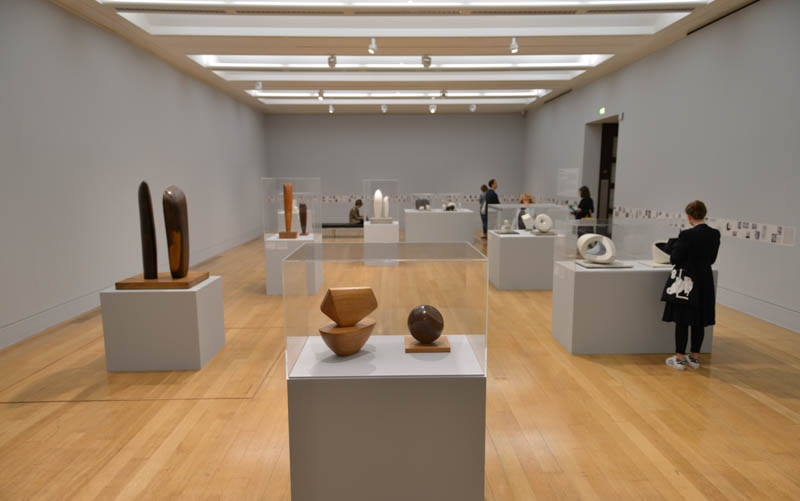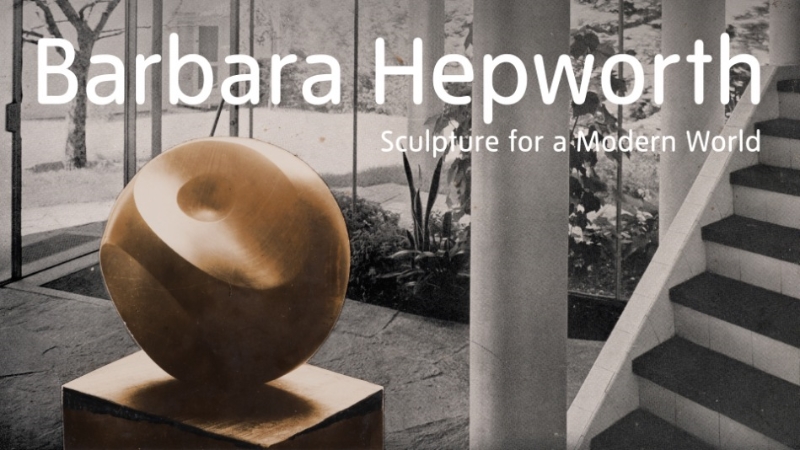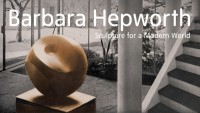Barbara Hepworth: Sculpture for a Modern World at Tate Britain

The first major Barbara Hepworth exhibition since 1968 opens this week at Tate Britain. The retrospective, featuring over 100 pieces, invites spectators to understand her legacy through a set of diverse contexts. These depict the evolution of her work, which is staged in different galleries.
It begins with the figure of Hepworth as an emerging artist in the inter-war period, part of a definite movement to which the likes of Henry Moore and John Skeaping belonged. Although the gallery displays a marvellous collection of sculptures, it feels rather strange that Hepworth is purposely introduced as a non-pioneer of the carving technique; it’s quite sad that the voice of one of the few internationally successful female modernist artists must be validated around the work of her male peers. The following galleries deal with the dialogue sustained between her work and that of her second husband, Ben Nicholson; her positioning as part of an international community of abstract artists, and her mathematical curiosity and aesthetic pursuit of forms, spaces and abstract ideals.
The curatorial narrative successfully conveys how the artist came about finding her own language, moving from an interest in surface to inner spaces. However, the fact that the sculptures are trapped in clear boxes does not afford the spectator an opportunity to feel closer to that inner space. It also neglects a vital part of Hepworth’s work: its relation to natural landscapes and spaces. This is nonetheless present in the form of a 1953 film, Figures in a Landscape, which shows the artist working on the beaches of Cornwall. The cinematic medium creates an even greater proximity to the sculptures through camera movements, but further evidences a lack of this dynamic in the rest of the exhibition.
The last two rooms feature four huge pieces of carved guarea (including the much-celebrated Pelagos) and a reinterpretation of the Rietveld Pavilion, showing Hepworth’s bronze sculptures and their interaction with architecture. Though the display subtracts the open-spiritedness from Hepworth’s work, the exhibition does depict with proficiency its importance and strengths. Despite the encaged presentation, it is certainly worthwhile to pay a visit to the ever relevant, effective and beautiful work of Barbara Hepworth.
Alejandra Arrieta
Photos: Andrei Grosu
Barbara Hepworth: Sculpture for a Modern World is at Tate Britain from 24th June until 25th October 2015, for further information visit here.


























Facebook
Twitter
Instagram
YouTube
RSS